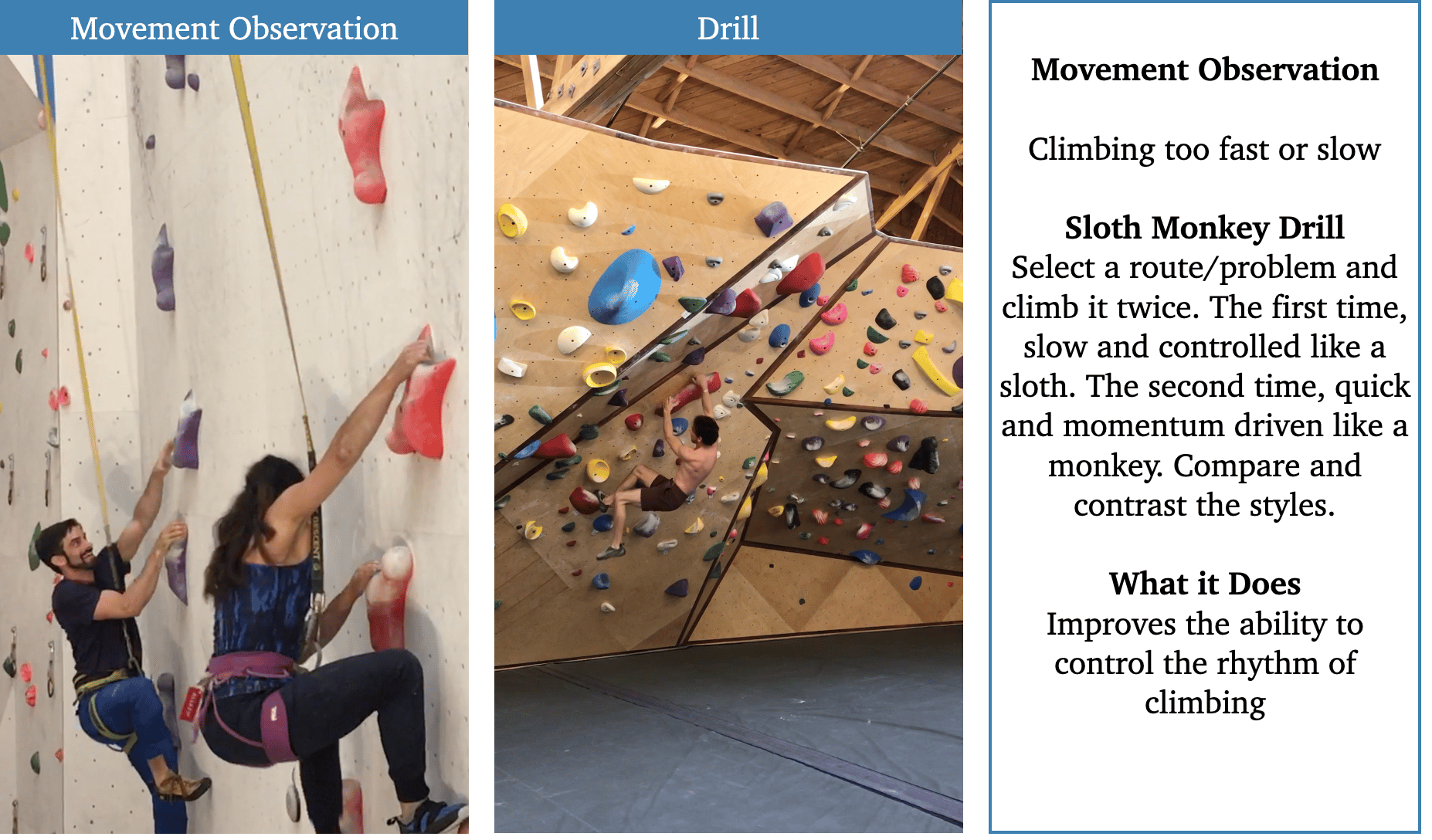🔥 Best MTB GEAR DEALS ON AMAZON

If you are a mountain biking enthusiast, you understand the importance of having reliable brakes. Properly bedding in your brakes is a crucial step in ensuring optimal performance and safety on the trails. In this article, we will guide you through the process of bedding in your mountain bike brakes effectively.
What is Bedding in Brakes?
Bedding in brakes, also known as breaking in or conditioning, refers to the process of transferring a thin layer of brake pad material onto the rotor’s surface. This process enhances the friction coefficient between the pads and the rotor, resulting in improved braking performance.
Improved Performance
Bedding in your brakes helps to eliminate the initial glazing on the rotor’s surface, which can occur during the manufacturing process. This glazing can reduce brake efficiency and cause a decrease in stopping power. By properly bedding in your brakes, you ensure better overall braking performance. The transfer of brake pad material onto the rotor creates a more effective braking surface, improving the grip and reducing stopping distances. This is especially important in mountain biking, where quick and reliable stopping power is necessary to navigate challenging terrains and potentially dangerous obstacles.
Consistent Feel
Bedding in your brakes ensures that the pads and rotors engage smoothly and consistently, providing a reliable and predictable braking feel. This is especially critical during emergency stops or technical descents. When the brake pads and rotors are properly bedded in, you can expect a consistent response from your brakes, allowing you to have better control over your bike. This consistency is essential for mountain bikers who rely on their brakes to navigate tight corners, steep descents, and challenging trails.
Noise Reduction
Brakes that have not been properly bedded in can produce irritating brake squeal or excessive noise. This can not only be annoying but also indicate that the braking system is not functioning optimally. By following the correct bedding-in process, you can reduce the likelihood of such noises. The transfer of brake pad material onto the rotor’s surface helps to create a smoother and more even contact, minimizing vibrations and reducing the chances of brake squeal. This not only enhances the overall riding experience but also reduces the chances of alarming other riders or wildlife on the trails.
Extended Lifespan
Properly bedded brakes are more resistant to fade and wear. By completing the bedding-in process, you can increase the longevity of your brake pads and rotors. When the brake pads and rotors are not bedded in properly, they can develop uneven wear patterns and hot spots, leading to premature degradation. This can result in reduced braking performance and the need for more frequent replacements. By taking the time to properly bed in your brakes, you can ensure that they last longer and provide consistent performance throughout their lifespan, ultimately saving you time and money.
How to Bed in Brakes for Mountain Bikes
Now that we understand the importance of bedding in brakes, let’s dive into the step-by-step process to achieve optimal results:
Step 1: Preparing Your Bike
Before you start the bedding-in process, make sure your mountain bike is in good working condition. Check the brake pads for wear and replace them if necessary. Worn-out brake pads can hinder the bedding-in process and compromise the overall performance of your brakes. Additionally, ensure that your rotor is clean and free from any contaminants such as oil or grease. Any foreign substances on the rotor surface can affect the transfer of brake pad material and lead to suboptimal results.
Step 2: Finding a Suitable Location
Choose a safe and open area to perform the bedding-in process. Ideally, this should be on a flat surface with minimal traffic or obstacles. It is crucial to have enough space to safely ride your bike and engage the brakes without any distractions or hazards. This will allow you to focus on the process and ensure that you can gradually increase braking force without any sudden stops or risks of collisions.
Step 3: Gradually Increasing Braking Force
Begin by riding at a moderate speed and gently applying the brakes. Gradually increase the braking force, ensuring that you do not come to an abrupt stop. By gradually increasing the braking force, you allow the brake pad material to transfer onto the rotor’s surface more evenly. This process generates heat, which is necessary for the bonding of the brake pad material. Repeat this process several times to ensure a thorough transfer of material and optimal performance.
Step 4: Allowing Cooling Periods
After each braking cycle, allow sufficient cooling time for the brakes to dissipate heat. This cooling period prevents overheating and helps the brake pad material to bond more effectively with the rotor. Remember, overheating can cause damage to the braking system. By allowing the brakes to cool down, you ensure that the heat generated during the braking process is dissipated and does not lead to excessive wear or degradation of the components. This cooling period is crucial for maintaining the integrity of the brake pads and rotors.
Step 5: Repeating the Process
Continue the process of gradually increasing braking force followed by cooling periods for approximately 10-15 cycles. This repetition allows the brake pad material to evenly distribute on the rotor’s surface, enhancing its performance. It ensures that the transfer of material is consistent and complete, resulting in a more effective braking surface. The repetition also helps to further bed in the brake pads, allowing them to conform to the shape of the rotor and optimize the friction coefficient.
Step 6: Fine-tuning and Testing
Once the bedding-in process is complete, assess your brake’s performance. Test the brakes at different speeds and on various terrains to ensure consistent and responsive braking. Make any necessary adjustments, such as adjusting lever reach or brake pad alignment, to achieve optimal performance. This step is crucial as it allows you to fine-tune your brakes and make any necessary adjustments to ensure that they are working at their best. Different riders may have different preferences when it comes to brake feel and response, so it is important to test the brakes under real-world conditions to ensure that they meet your specific needs.
Tips and Best Practices for Bedding in Brakes
To ensure the best possible results while bedding in your MTB brakes, consider the following tips and best practices:
- Follow Manufacturer Guidelines: Always consult your brake manufacturer’s documentation for specific bedding-in instructions as they may have unique recommendations. Manufacturers often provide specific guidelines tailored to their brake systems, which can help you achieve optimal results.
- Avoid Overheating: Overheating your brakes during the bedding-in process can be detrimental to their performance and even cause damage. Prevent excessive heat buildup by allowing sufficient cooling periods between brake applications. This will help maintain the integrity of the brake pads and rotors and prevent premature wear or degradation.
- Start Slow: Begin with gentler braking force and gradually increase it to avoid sudden stops or skidding. This gradual process allows the brake pad material to transfer onto the rotor more evenly, resulting in a more effective bonding. Starting slow also helps you get accustomed to the feel and response of your brakes, allowing you to make any necessary adjustments before increasing the braking force.
- Be Patient: Properly bedding in your brakes may take some time and repeated cycles. Patience is the key to achieving optimal braking performance. It is important to give the bedding-in process sufficient time to ensure that the brake pad material is evenly distributed and bonded to the rotor’s surface. Rushing the process may result in suboptimal performance and potentially compromise your safety on the trails.
- Monitor Wear: Regularly inspect your brake pads and rotors for wear and replace them as needed. Worn-out components can compromise your braking system’s performance and safety. By keeping a close eye on the wear of your brake pads and rotors, you can ensure that they are in good condition and replace them before they become a safety concern. Regular maintenance and replacement of worn-out components are essential for maintaining optimal braking performance.
- Consider Pad and Rotor Compatibility: Ensure that you are using brake pads and rotors that are compatible with each other. Mismatched components may not provide optimal performance and can lead to premature wear. Check the specifications provided by your brake manufacturer to ensure that the brake pads and rotors you are using are designed to work together. This will help maximize the effectiveness of your braking system and ensure consistent and reliable performance.
Conclusion
Bedding in your brakes for mountain biking is a crucial step in optimizing their performance, safety, and longevity. By following the step-by-step process outlined in this guide and adhering to best practices, you can achieve consistent and reliable braking power on the trails. Remember to consult your brake manufacturer’s guidelines and always prioritize safety when working on your bike’s braking system. Happy riding!
FAQ
What is bedding in brakes?
Bedding in brakes refers to the process of transferring a thin layer of brake pad material onto the rotor’s surface, enhancing the friction coefficient and improving braking performance.
Why is bedding in brakes important for mountain biking?
Bedding in brakes ensures improved performance, consistent feel, noise reduction, and extended lifespan of the brakes, which are crucial for navigating challenging terrains and obstacles in mountain biking.
How do I bed in brakes for my mountain bike?
To bed in brakes, follow these steps:
- Prepare your bike by checking brake pads and cleaning the rotor.
- Choose a suitable location for the process.
- Gradually increase braking force, allowing the material transfer.
- Allow cooling periods after each braking cycle.
- Repeat the process for 10-15 cycles.
- Fine-tune and test the brakes for optimal performance.
What are some tips for bedding in brakes?
Some tips for bedding in brakes include:
- Following manufacturer guidelines.
- Avoiding overheating by allowing cooling periods.
- Starting with gentle braking force and gradually increasing it.
- Being patient and giving the process sufficient time.
- Monitoring wear and regularly replacing worn-out components.
- Ensuring pad and rotor compatibility for optimal performance.



